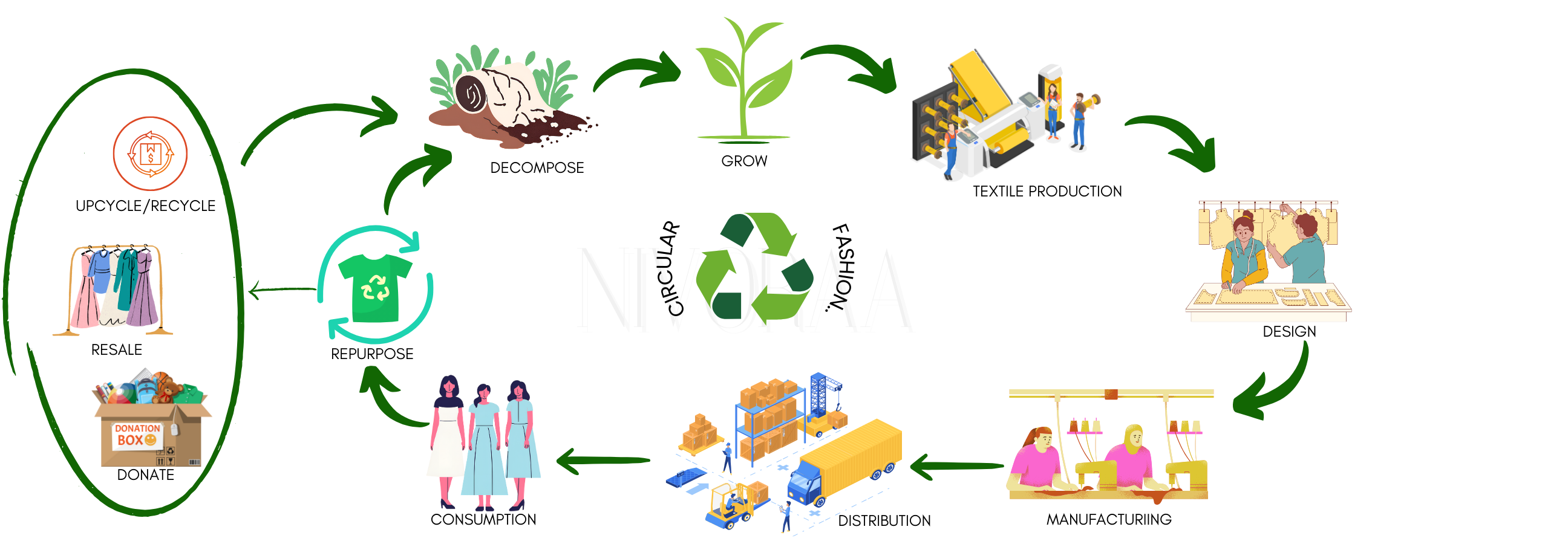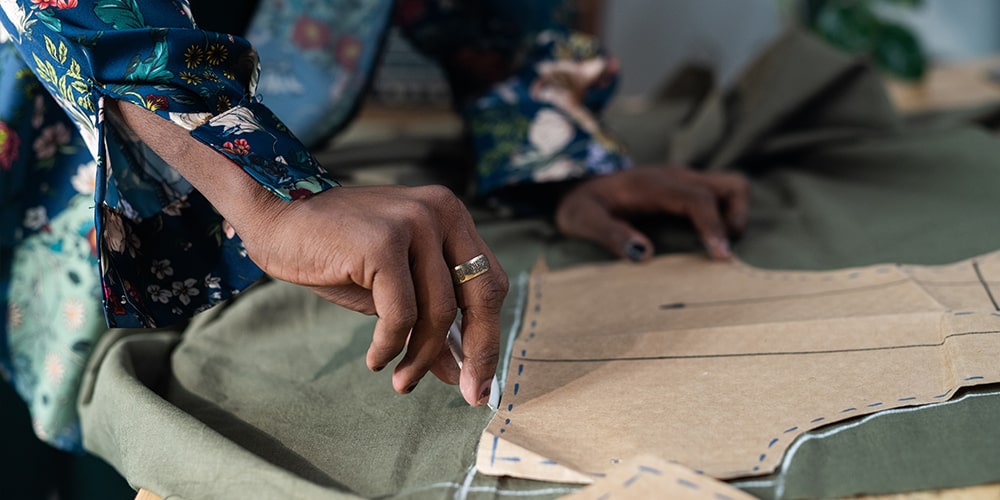
Embracing India’s rich heritage and eco-conscious living
From the majestic Himalayas in the north to the serene backwaters of Kerala in the south, India is a land of cultural wealth, landscapes, an ultra-rich pallet and traditional wisdom. She has also been a universe of legion ecological diversity and boasts a rich heritage that is deeply interweaved with its natural surroundings. From ancient marvels to age old sustainability roots, she offers valued insights into living in harmony with nature. India has always played the role of a ‘vishwaguru’ in guiding the world towards a harmonious and conscious existence with our ecology and environment.
India’s heritage encompasses ancient civilizations like the Indus Valley and Vedic era, which laid the foundation for sustainable living. The intricately carved temples and every monument stands tall as a testament to the ingenuity of Indian craftsmanship and the deep reverence for nature. Traditional Indian architectures were built and designed to harness the natural elements like the sunlight, wind and water. India’s culture has throughout been a reverence for all living beings. Practices like ‘vasudhaiva kutumbakam’ (the world is one family) emphasize a holistic approach to life and harmonious co-existence with nature.
Today where environmental degradation and climate change threaten the very fabric of life, there is a growing recognition of the need to adopt eco-conscious lifestyles and in this regard, India's rich heritage offers valuable lessons and insights that can guide us towards sustainable living practices.
India's rich tapestry of heritage is intricately woven into its very fabric. The concept of eco- living extends beyond individual actions to encompass a holistic approach that integrates cultural traditions, environmental consciousness, and social responsibility. She has a century old tradition of textile craftsmanship. The world’s oldest civilization, Indus Valley, had a thriving cotton industry. With a diverse range of weaving techniques, dyeing methods and embellishments styles that vary in different communities. From intricate handloom sarees of Varanasi to the vibrant printed fabrics of Rajasthan.
Handloom weaving, natural dyes and organic fibers have historically been key aspects of sustainable textile production in India. Throughout history, clothing and textile have been exchanged in India through the trade routes that connected the middle east and Central Asia. Colonialism played a very critical role in replacing the Indian traditional cotton and linen styles and often replaced with their own fashion trends. At the time of Indian independence movement, Mahatma Gandhi emphasized on the usage of Indian woven cotton with his impeccable self-reliance movement, Swaraj. Charkha is often referred today as “Spinning Independence at Home”.
With the increasing facilitation of urban clothing in the globalization era, Nivoraa is endeavoring to bring the Indian ethnicity back in an ethical fashion by celebrating the traditional sustainable elegance in the beauty of Indian body and an enduring style by upholding the principles of social responsibility and embed fulfilment.
The concept of aparigraha (non-possessiveness) encourages us to live simply and avoid unnecessary accumulation of material possessions. By adopting a minimalist lifestyle and prioritizing experiences over possessions, we can reduce our ecological footprint and lead more fulfilling lives.
Possess Nivoraa! Experience Nivoraa!
Blog written by Kumar Gaurav | 3-4 mins read





